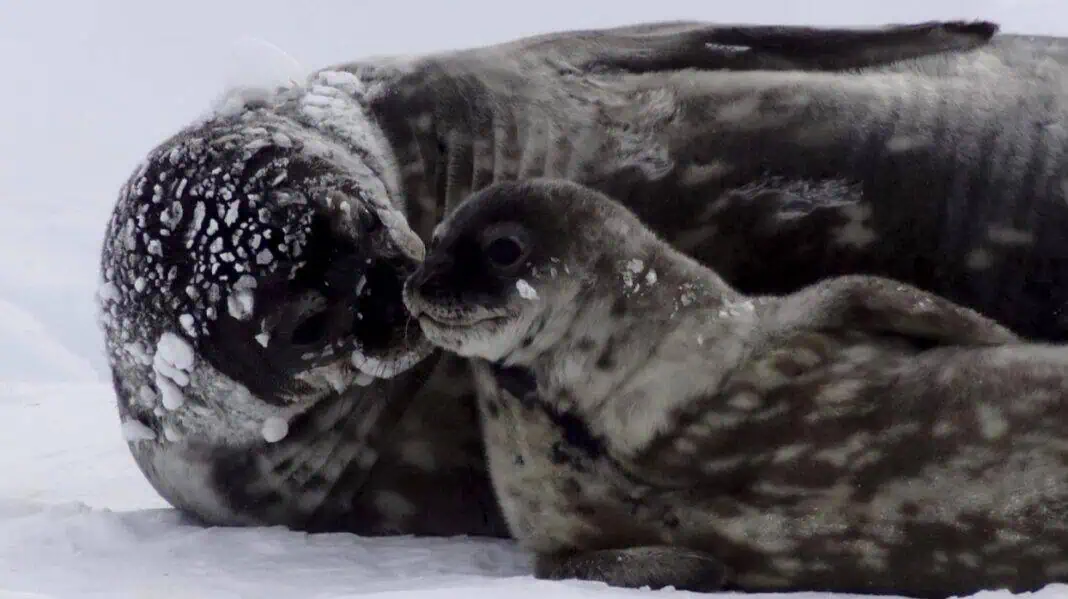Scientists at the Woods Hole Oceanographic Institution are studying seals’ reproductive physiology and the potential answers they could lead to human reproductive health.
A newly published article examines how the study of seals in particular can benefit human health, and it integrates various research on the topic.
According to Michelle Shero, assistant scientist at WHOI’s Biology Department and author of the study:
“When people think about biomedical research, they probably don’t immediately think about wildlife such as birds, cheetahs, bears, or seals – but they should.”
Several aspects in the life history of seals that could provide significant insight into their reproductive physiology — as well as that of humans – include female seals’ ability to undergo lengthy fasting and lose about 30% of their body weight while nursing a pup.
Seals also have an exceptional ability to hold their breath for up to two hours in some species, for long dives. The article offers another lesson from seals through their ability to “pause” pregnancy, in a process known as embryonic diapause, so they can give birth in more advantageous environmental conditions, such as in warmer weather or when there is greater availability of food, according to Shero.
While human fetuses can suffer life-long or fatal complications due to oxygen deprivation during birth, seals provide lessons in their ability to withstand extremely low oxygen levels as a routine event in everyday life – making long dives.
Shero said:
“What marine mammals do to make it possible for them to dive for so long is really amazing. First, they carry so much more oxygen in their bodies than terrestrial mammals do. Then, the seals manage it really carefully – giving oxygen to the most sensitive organs such as the heart and brain, while almost entirely cutting off oxygen to other organs and muscles– to slow down their oxygen use. Finally, seals can tolerate much lower oxygen levels than human divers or even mountain climbers – and they can essentially ‘run on fumes’ once they have largely used their internal stores of oxygen.
“This is even more incredible when we consider the fact that every time the adult seal dives, her fetus is brought along and responds in much the same way on all those dives too.”
In the article’s final lesson from the seals, Shero said scientists think embryonic diapause could be a capability inherent in the background across mammals, including humans. Learning how to “hit pause” on pregnancy until conditions are optimal like seals do, would be a breakthrough for potentially improving the success rates for human in-vitro fertilization, the article noted.
Early-stage embryos are often frozen for IVF, and the freezing process can cause damage. If the embryos could instead naturally slow or “pause” their growth, this problem could be altogether avoided, and embryos could stay “on hold” until they could be successfully implanted, Shero explained.
Check out the full study here.

